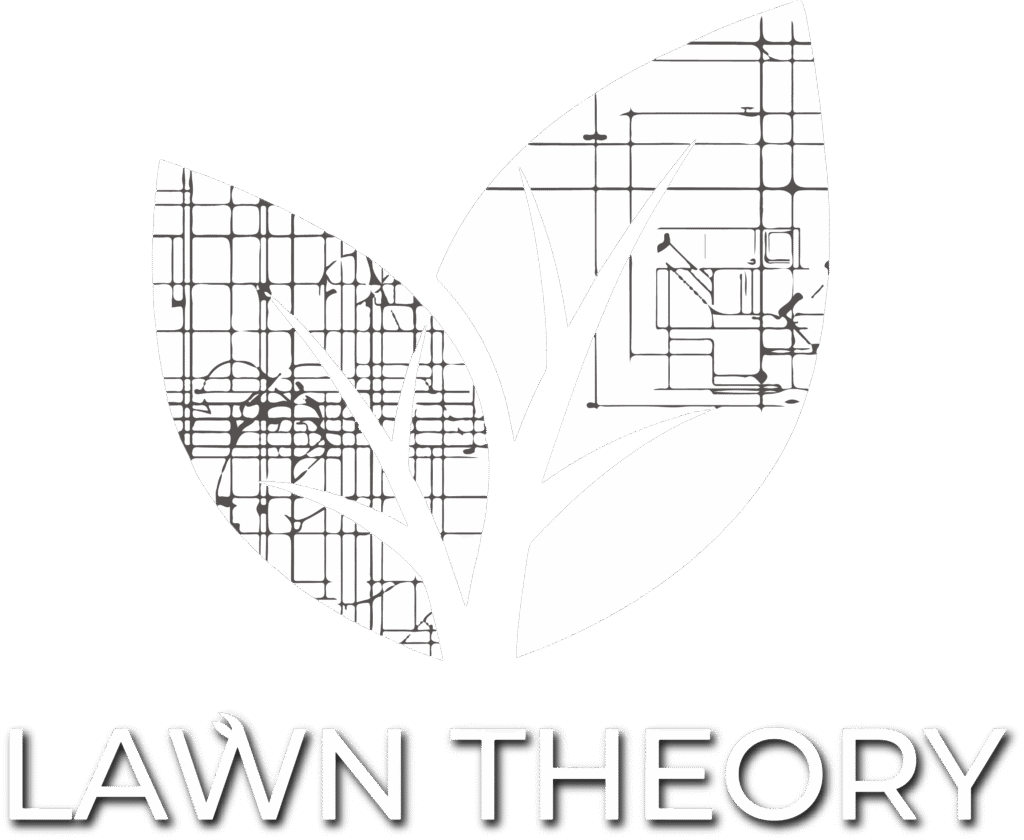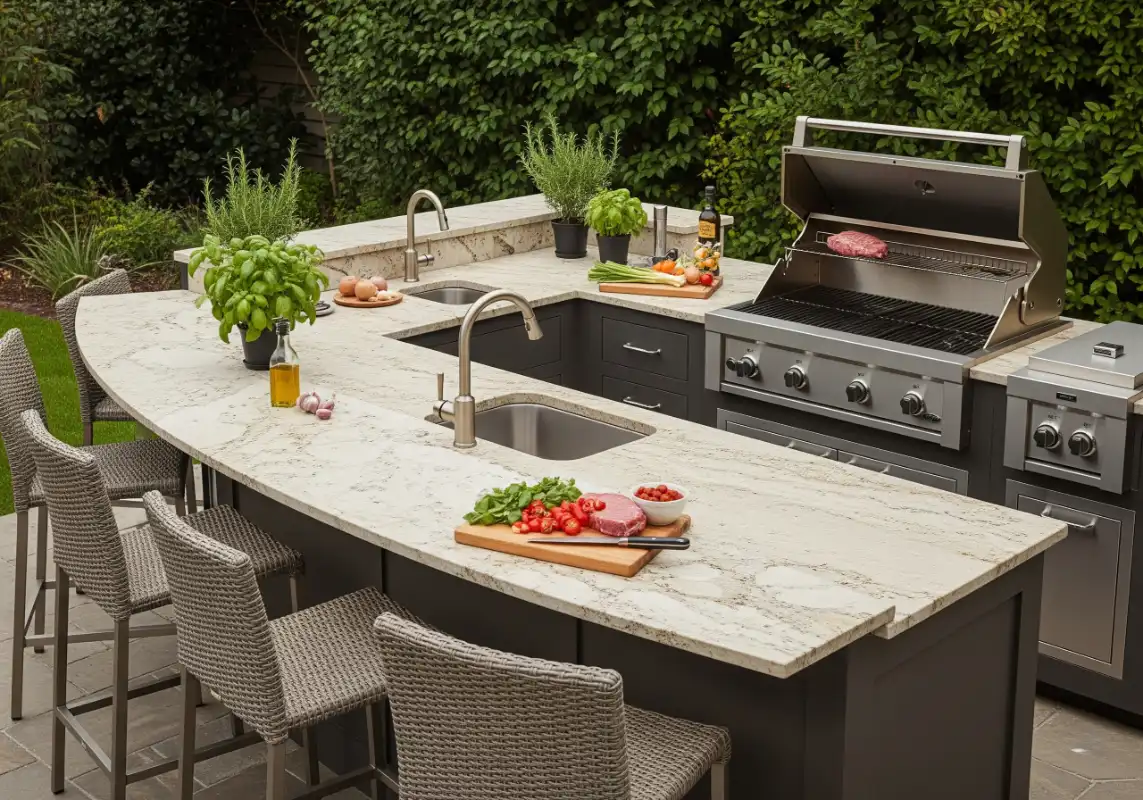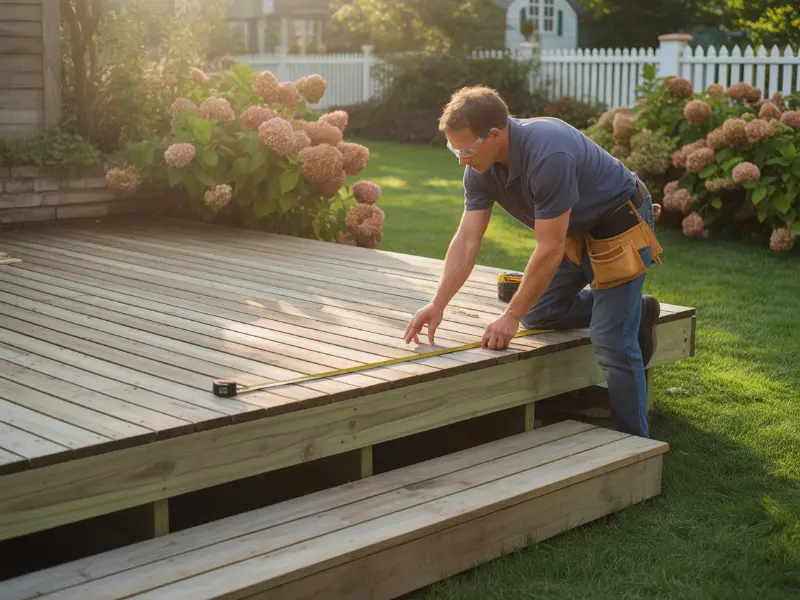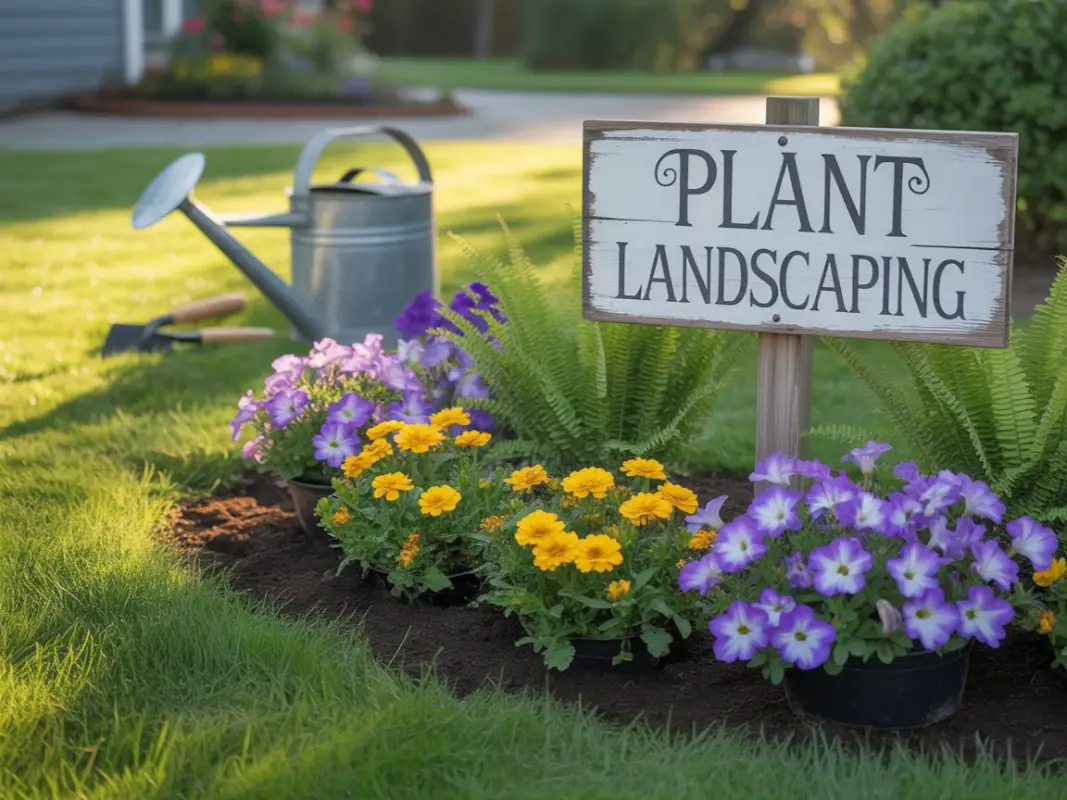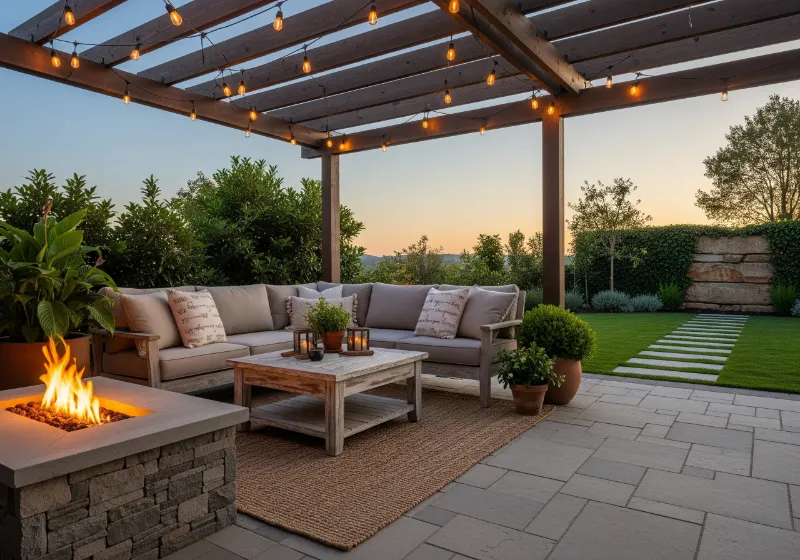Northern Virginia homeowners are getting smarter about landscaping. Instead of battling high-maintenance lawns with endless watering, fertilizers, and pesticides, more families are choosing native plant landscaping. Why? Because it looks beautiful, saves money, helps the environment, and thrives in our local soil and climate.
At Lawn Theory, we specialize in native plant landscaping in Northern Virginia, serving homeowners across Fairfax, Arlington, Loudoun, McLean, Reston, Leesburg, Falls Church, Burke, Woodbridge, and Great Falls. As a veteran-owned company, we design landscapes that are both practical and inspiring blending style, ecology, and low-maintenance living.
Whether you want a native garden design in Northern VA, a pollinator-friendly backyard makeover, or simply eco-friendly landscaping that boosts curb appeal, we’re here to bring your vision to life.
What Is Native Plant Landscaping?
Simply put, native plant landscaping uses plants that naturally evolved in the Mid-Atlantic and Piedmont region, long before lawns became popular. These plants are adapted to our soil, rainfall, and climate.
Instead of forcing exotic species to survive, you work with what nature already knows will thrive. That means less maintenance, lower costs, and a yard that feels rooted in Virginia’s identity.
Native plant landscaping can include:
- Flowering perennials like Black-Eyed Susans and Purple Coneflowers
- Shrubs like Inkberry Holly and Virginia Sweetspire
- Trees like Eastern Redbud and Serviceberry
- Grasses like Little Bluestem and Switchgrass
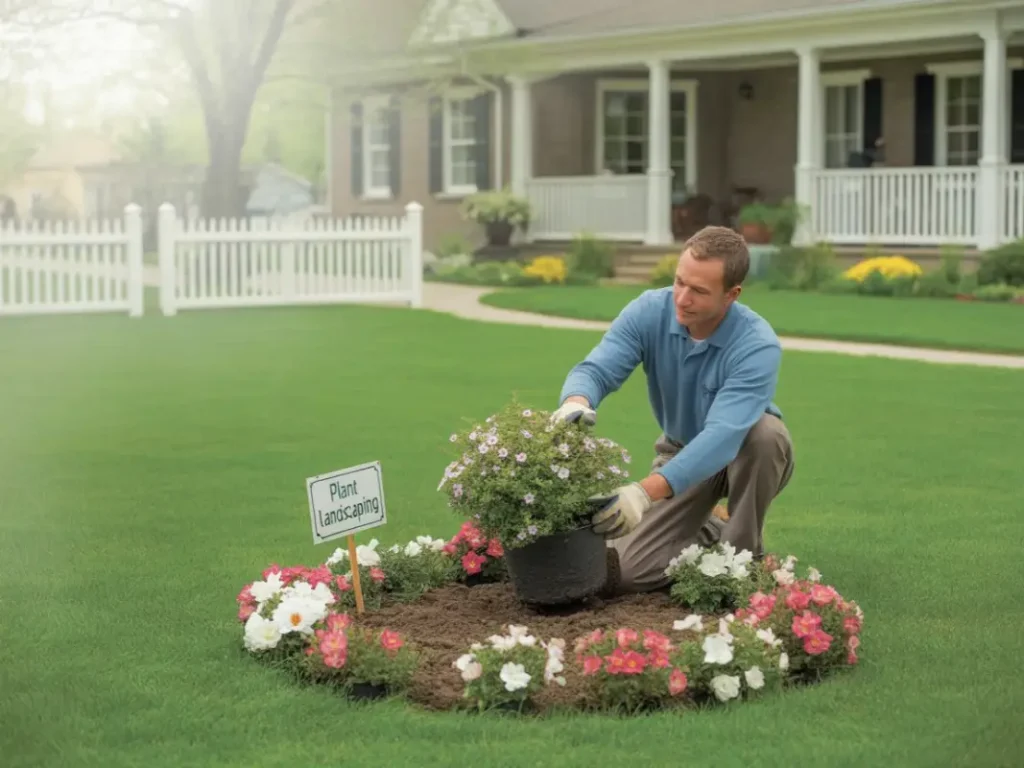
Benefits of Using Native Plants in Landscaping
Improved Biodiversity & Pollinators
Native plants attract bees, butterflies, and birds. Pollinator-friendly yards are critical for our ecosystem, and they add movement and life to your garden.
Less Water & Lower Maintenance
Because natives are adapted to Virginia’s rainfall, they need less supplemental watering. They also reduce mowing, trimming, and fertilizing needs.
Better Pest & Disease Resistance
Native plants evolved here, so they naturally resist many local pests and diseases. That means fewer chemicals and a healthier environment for kids and pets.
Soil & Erosion Control
With deep roots, native plants stabilize soil, reduce runoff, and protect Northern Virginia’s waterways. Great for sloped yards in Loudoun and Fairfax Counties.
Property Value & Curb Appeal
Low-maintenance landscapes are in demand. Homebuyers increasingly look for eco-friendly, sustainable yards and native plant landscapes boost resale value.
Also Read: Top tips for Lawn fertilization and weed control in Northern Virginia lawns
How to Landscape with Native Plants – Design Principles
Designing with natives isn’t just about throwing wildflowers in your yard. At Lawn Theory, we apply professional design principles to create functional, stunning, and eco-smart landscapes.
Assess Microclimates
Northern Virginia yards can be tricky clay soils in Fairfax, shade-heavy lots in Arlington, or sunny open yards in Loudoun. We match plants to sun, shade, wet spots, or dry hillsides.
Layer Your Landscape
Think of it like an orchestra:
- Trees provide structure
- Shrubs add depth
- Perennials bring color
- Groundcovers tie it all together
Grouping & Massing
Instead of scattering one of each plant, we plant in drifts or clusters. This creates visual impact and helps pollinators find food more efficiently.
Plan for All Seasons
Spring blooms, summer structure, fall seed heads, and winter silhouettes native plants can look amazing year-round if designed thoughtfully.
Pollinator Corridors
We build nectar-rich pathways so pollinators can move across your yard connecting to larger green spaces in Northern VA.
Soil Prep & Amendments
Native plants don’t like overly pampered soil. We test, add organic matter where needed, and then let the plants adapt naturally.
How Many of Each Plant Should You Use?
A simple formula for native landscapes:
- Perennials: 3–7 plants per drift
- Shrubs: 3–5 shrubs per 10 linear feet in a border
- Trees: 1 tree per 400–600 sq ft of yard
This creates balance without overwhelming your space.
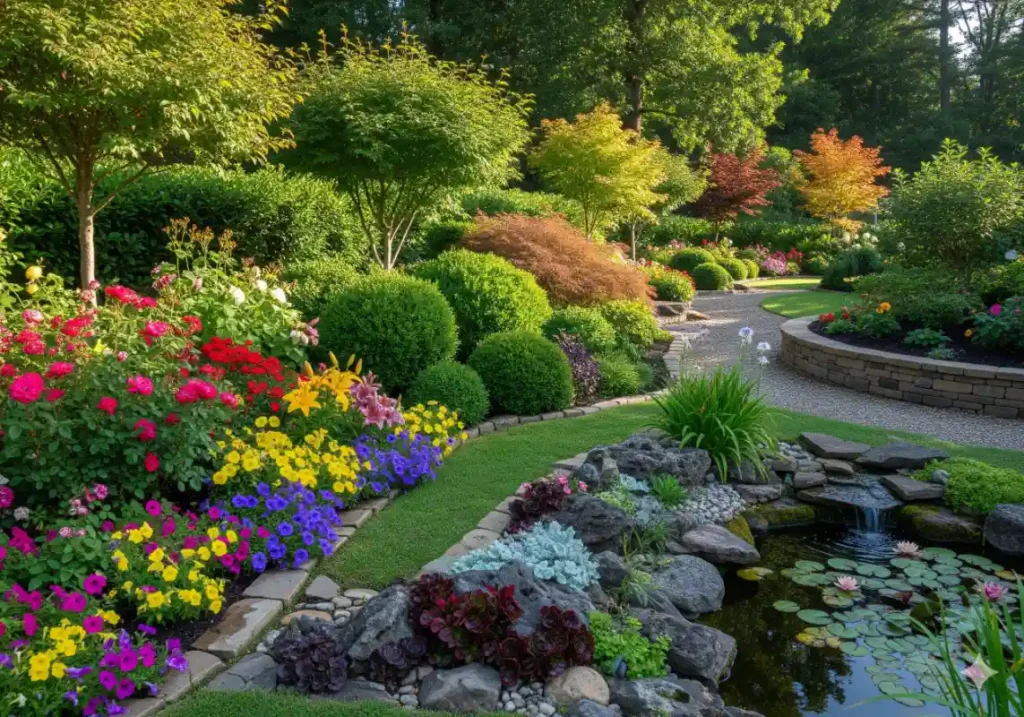
Native Garden Ideas & Plant Picks for Northern Virginia
Sun Gardens
- Black-Eyed Susan (Rudbeckia hirta) – cheerful yellow blooms
- Purple Coneflower (Echinacea purpurea) – pollinator favorite
- Butterfly Weed (Asclepias tuberosa) – host plant for monarchs
- Coreopsis (Coreopsis lanceolata) – long summer blooms
Shade Gardens
- Woodland Phlox (Phlox divaricata) – spring purple blooms
- Foamflower (Tiarella cordifolia) – groundcover with frothy flowers
- Christmas Fern (Polystichum acrostichoides) – evergreen structure
- Virginia Bluebells (Mertensia virginica) – spring bulbs loved by pollinators
Rain Gardens & Wet Spots
- Swamp Milkweed (Asclepias incarnata) – monarch magnet
- Joe-Pye Weed (Eutrochium purpureum) – towering pollinator plant
- Blue Flag Iris (Iris versicolor) – loves moist soils
Native Grasses & Meadows
- Little Bluestem (Schizachyrium scoparium) – drought-tolerant, colorful fall foliage
- Switchgrass (Panicum virgatum) – tall, dramatic, deer-resistant
- Sideoats Grama (Bouteloua curtipendula) – meadow-friendly grass
Also See this: Best Time to Pressure Wash Your Home’s Exterior in Northern Virginia
Maintenance & Seasonality in Northern VA
The beauty of natives? They practically take care of themselves.
- Mulch lightly to suppress weeds, but avoid piling it too deep.
- Seasonal cleanup: cut back perennials in late winter for fresh spring growth.
- Best planting times: spring and fall in Northern Virginia.
- Fertilizers: unnecessary in most cases natives thrive on local soil.
Translation: Less mowing, less watering, fewer chemicals more time enjoying your yard.
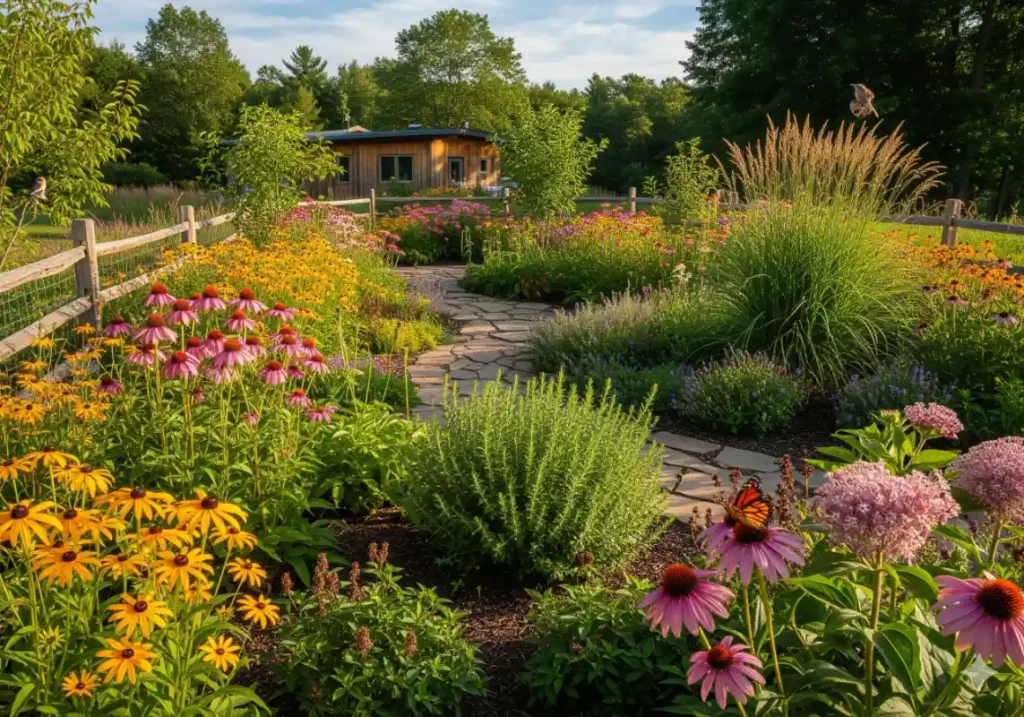
Why Choose Lawn Theory for Native Plant Landscaping in Fairfax & Northern VA
Here’s what sets us apart from other landscapers:
- Veteran-Owned Discipline: We show up on time, do the job right, and respect your property.
- Local Expertise: We know which plants thrive in Fairfax clay or Loudoun hills.
- Design → Build → Maintain: Full-service approach, from plans to planting to seasonal upkeep.
- Eco-Friendly Practices: Safe for families, pets, and pollinators.
We’ve transformed yards across Northern VA into low-maintenance, pollinator-friendly landscapes that look amazing and stay that way.
FAQs – Native Plant Landscaping in Northern Virginia
Q1: Is using native plants in landscaping beneficial to the environment?
Absolutely. Natives conserve water, reduce chemical use, support pollinators, and protect local ecosystems.
Q2: How do I landscape with native plants?
Start by mapping sun/shade zones, choose Virginia natives, group plants by water needs, and plant in clusters for visual impact.
Q3: Why is it important to use native plants for landscaping?
They’re adapted to our soils and climate, so they’re tougher, healthier, and cheaper to maintain.
Q4: What are the benefits of using native plants in landscaping?
Less water, fewer chemicals, more pollinators, and beautiful seasonal interest.
Q5: How many of each plant should I put in native landscaping?
Rule of thumb: groups of 3–7 perennials, 3–5 shrubs per border, and 1–2 trees for small yards.
Q6: Are native plant landscapes low maintenance?
Yes once established, they need minimal care compared to traditional landscapes.
Q7: When’s the best time to plant natives in Northern VA?
Spring and fall are ideal cooler temps help roots establish before summer heat or winter frost.Build Your Native Landscape with Lawn Theory
Ready to turn your yard into a pollinator-friendly, low-maintenance native landscape? With Lawn Theory’s native plant landscaping services in Northern Virginia, you’ll get eco-smart design, veteran-owned reliability, and a yard that’s both stunning and sustainable.
📞 Call today or 📝 request your free consultation online and let’s design a landscape that works with nature, not against it. See us on YouTube and Instagram.
